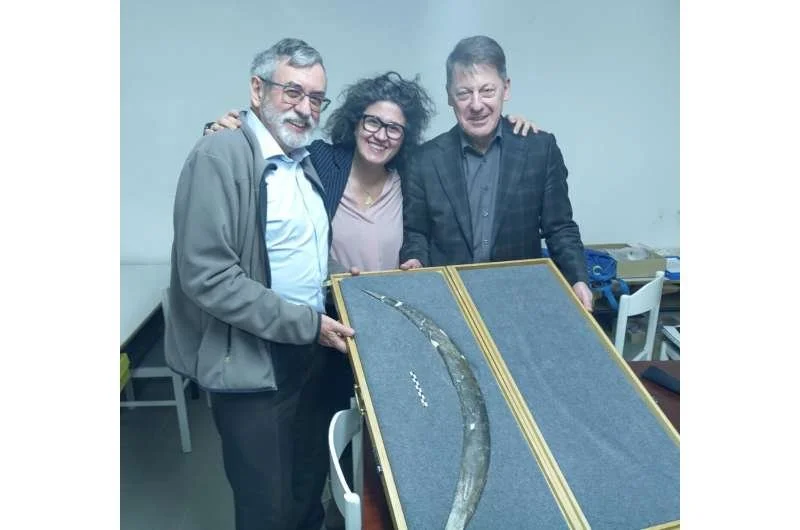Abstract The Chankillo archaeological site, located in present-day Peru, is one of the most remarkable ancient solar observatories in the world. Dating back to approximately 400 BCE, it predates more well-known observatories such as Stonehenge and aligns with the movement of the sun throughout the year. This article explores the historical context, architectural significance, astronomical functions, and cultural impact of Chankillo, highlighting its role in early Andean civilizations and its importance for understanding prehistoric astronomy.
Introduction Chankillo, an enigmatic archaeological complex situated in the coastal desert of Peru, provides a unique glimpse into the astronomical knowledge of ancient Andean societies. The site consists of a series of thirteen aligned towers, which function as a sophisticated solar calendar. These structures demonstrate an advanced understanding of solar cycles, allowing for precise determination of solstices and equinoxes. The discovery of Chankillo challenges earlier assumptions about the development of early astronomy and emphasizes the sophistication of pre-Columbian civilizations.
1. Historical Context and Discovery The Chankillo site is believed to have been constructed by an early Andean culture around the late 4th century BCE. Unlike the Inca civilization, which flourished over a millennium later, the builders of Chankillo remain largely unidentified. The site was rediscovered in the 19th century, but its function as an astronomical observatory was not confirmed until the early 21st century by researchers Iván Ghezzi and Clive Ruggles. Their work provided evidence that Chankillo was one of the oldest known solar observatories in the world.
2. Architectural Features and Construction Techniques The Chankillo complex consists of several key architectural elements:
The Thirteen Towers: Arranged in a linear fashion along a ridge, these towers serve as markers for tracking the sun’s position throughout the year.
Observation Points: Two distinct observation points, one to the east and one to the west, allow viewers to align themselves with the towers and accurately determine the time of year.
Fortified Complex: In addition to the observatory, Chankillo features a walled fortress-like structure, possibly indicating a ceremonial or defensive purpose.
Materials and Methods: The structures were built using stone and mud mortar, showcasing an advanced understanding of construction techniques suitable for the harsh desert environment.
3. Astronomical Significance The arrangement of the Thirteen Towers at Chankillo allows for precise tracking of the sun’s movements:
Solstices and Equinoxes: The rising and setting sun aligns with specific towers on key solar dates, marking the summer and winter solstices as well as the equinoxes.
Annual Solar Calendar: By observing the sun’s position relative to the towers, ancient astronomers could divide the year into distinct periods for agricultural and ceremonial purposes.
Religious and Cultural Role: The alignment of Chankillo with solar cycles suggests a deep connection between astronomy, ritualistic practices, and the governance of time in early Andean societies.
4. Cultural and Societal Implications The advanced astronomical knowledge displayed at Chankillo indicates a highly organized society capable of coordinating large-scale construction projects and precise calendar systems. The site likely played a crucial role in agricultural planning, religious ceremonies, and political authority. The ability to track celestial events would have granted religious and political elites significant influence over society, reinforcing their power and control.
5. Preservation and UNESCO Recognition In recognition of its extraordinary historical and scientific value, Chankillo was designated a UNESCO World Heritage Site in 2021. Conservation efforts are ongoing to protect the site from environmental and human-induced damage. Advanced imaging technologies and excavation techniques continue to provide new insights into its construction and function.
Conclusion Chankillo stands as a testament to the ingenuity of ancient Andean civilizations. As one of the earliest known solar observatories, it offers invaluable insights into prehistoric astronomy, religious practices, and societal organization. Continued research and preservation efforts will further illuminate the remarkable achievements of this early scientific marvel, solidifying its place among the great ancient astronomical sites of the world.
References
Ghezzi, I., & Ruggles, C. (2007). Chankillo: An Ancient Solar Observatory in Coastal Peru. Science, 315(5816), 1239-1243.
Ruggles, C. (2015). Handbook of Archaeoastronomy and Ethnoastronomy. Springer.
Proulx, D. (2008). A Prehistoric Solar Observatory in Peru. Journal of Andean Archaeology.
UNESCO (2021). Chankillo Archaeoastronomical Complex. World Heritage Listing.







